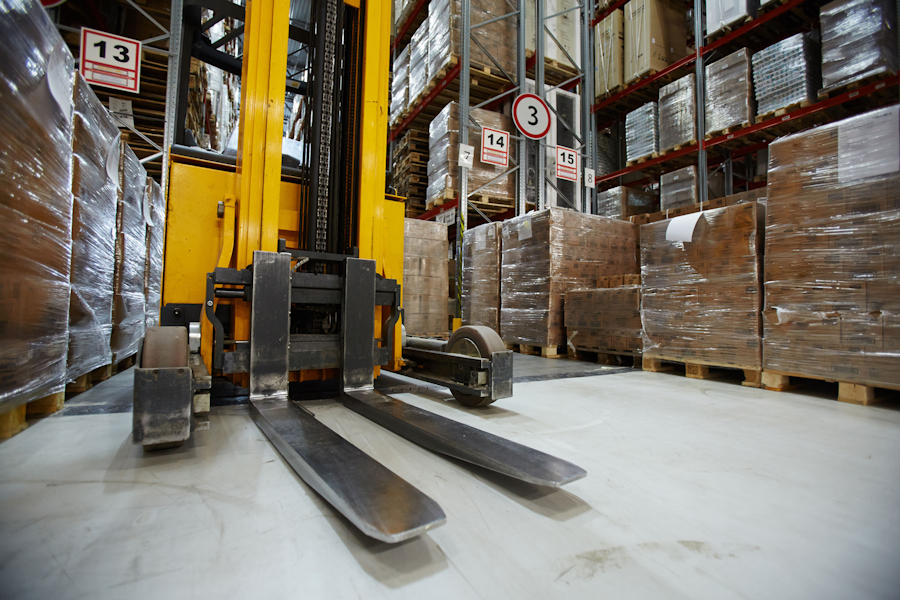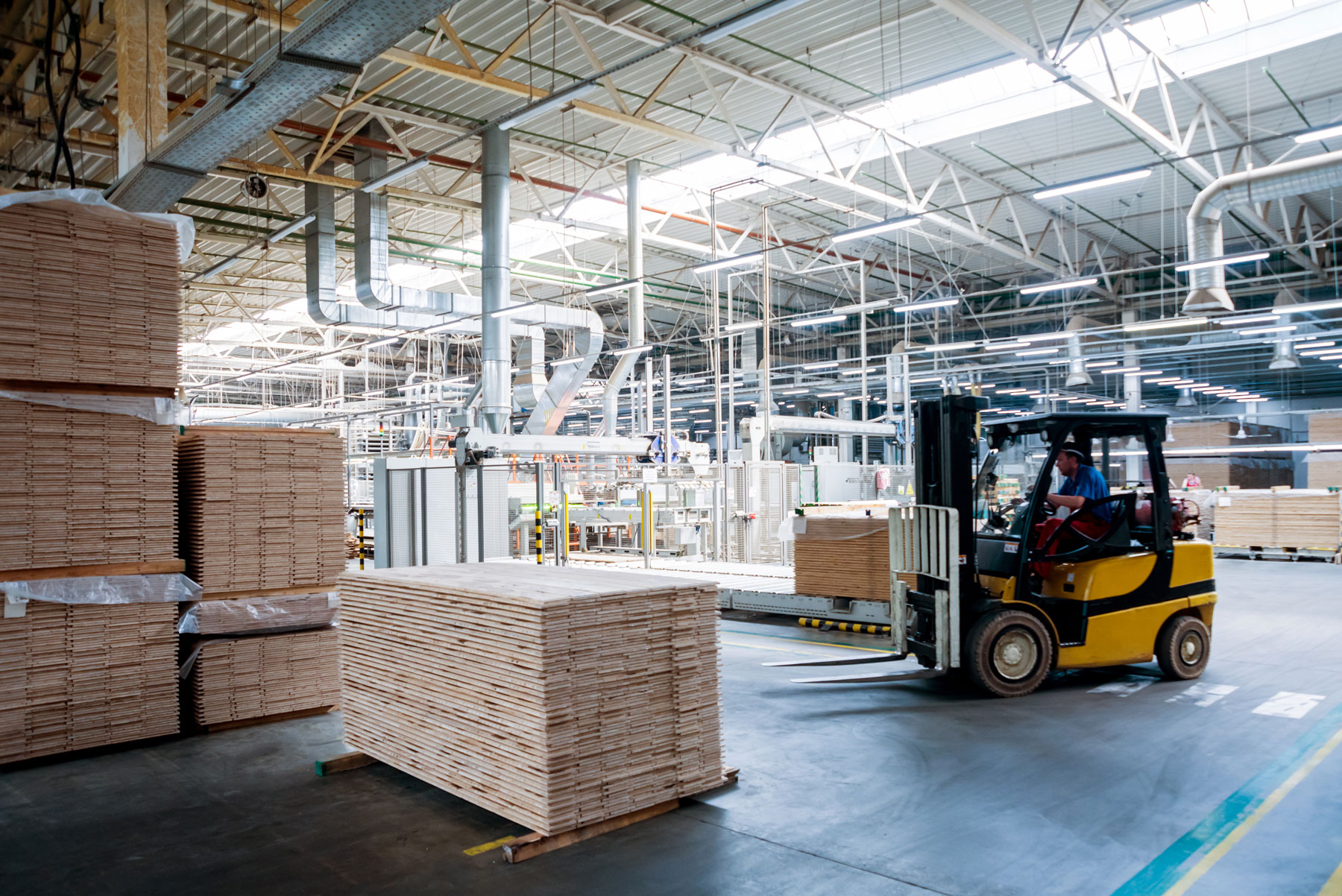News
The History and Invention of the Forklift

Efficiency has always been at the heart of business operations and the forklift was invented to support this, becoming an essential element of many industries. Here at PHL, both our managing directors come from forklift manufacturing families, and with over 20 years in the material handling industry, our roots lay within the history of forklifts. Let’s dive into the history of the forklift and how it developed over time to become the efficient machine we know it as today.
The Beginning of Material Handling Equipment
The forklift invention started during the 19th century, with industrial production advancing during the Industrial Revolution. There became an urgent need for faster and more efficient ways of moving materials, such as grain sacks and milk churns. To meet these demands, a manually propelled sack truck was created to lift heavy loads up to five feet high.
In 1867, the first machine that could lift and transport materials was created. This invention meant that workers could now move materials without having to physically pick them up first.
By 1913, the hydraulic lift was invented - a key advancement that would improve forklifts going forward.
Due to the significant labour shortage during the First World War, the advancement of forklift technology was pushed further. With the need for more labour in factories and a lack of manpower, there was a need for improved lift trucks to increase the productivity of the available workforce.
This led to the invention of various material-handling machines, one being Baker-Raulang’s electric bomb-handling lift truck in 1915.
Built as a bomb-handling crane, and not quite a forklift as we know them, this development paved the way for the trucks we’re familiar with today.
The period between World War I and II marked the transition from platform-based industrial trucks to forklifts.
When Was the First Forklift Invented?
…In 1917, Eugene Clark at Clark Material Handling created the ‘Tructractor’ specially designed for warehouses and factories. This was the first seated counterbalance lift truck, although it actually had no forks.
Clark initially developed the Tructractor for use within his plant, but he had many requests from people for their own use, and eventually started exporting these to foreign markets.
Off the back of this, the first electric truck with forks and a mast was invented by Yale in 1923, resembling modern-day forklift designs and often being considered the first forklift.
A year later in 1924, Clark contributed another major advancement in forklift technology, creating the Duat Tractor which became the first internal combustion forklift.
The Experimental Phase
Forklifts became increasingly popular during the Second World War, with a massive increase in the need for load handling and forklifts that could run for a full shift. As a result, manufacturers began to experiment with different fuel types.
Throughout the 1940s, trucks typically had gasoline-electric hybrid engines, with gas-powered electric motors. In 1942, Clark introduced their first battery-powered forklift, which was able to complete a full work shift on a single charge.
Following this, in 1947 the first diesel-powered forklifts were introduced, increasing the power and lifting capabilities of forklifts.
Increased Efficiency and Safety
After World War II, the next demand was improving warehouse efficiency by expanding vertically instead of outward. Forklifts now needed to be narrower and easier to manoeuvre through the narrow aisles. Lansing Bagnall developed the first narrow aisle electric reach truck, being able to lift up to 50ft in tight spaces.
Increased lifting height capabilities in the 1960s resulted in increased safety concerns. As a result, new safety precautions were introduced including:
- Cages to protect users
- Backrests on masts, to ensure loads do not topple backwards
- Overhead guards
Forklift technology has seen many advances in safety and efficiency. Another key advancement is in the forklift’s power source. Most early trucks were internal combustion engines that ran on propane or gas. From the 1950s onwards, battery-powered trucks began to take popularity over gas-powered forklifts.
The future of Forklifts

Recently, lithium-ion batteries have boosted forklift efficiency further, with a huge wealth of benefits compared to the more traditional power sources. With zero emissions and increased health and safety, does this call for a greener future for forklifts?
Automated material handling is the future of forklift innovation. Computerised guidance systems will operate forklifts without human assistance needed. The machines will pick, deliver and track loads autonomously using sensors and laser guidance. Forklift technology will continue to advance and help many industries thrive, being a vital component in the global economy.
Looking to Optimise Your Operations?
Speak to a member of our expert team to discuss how our huge range of used forklifts can make the difference.
Subscribe
Keep up to date with PHL and all things forklift machinery.